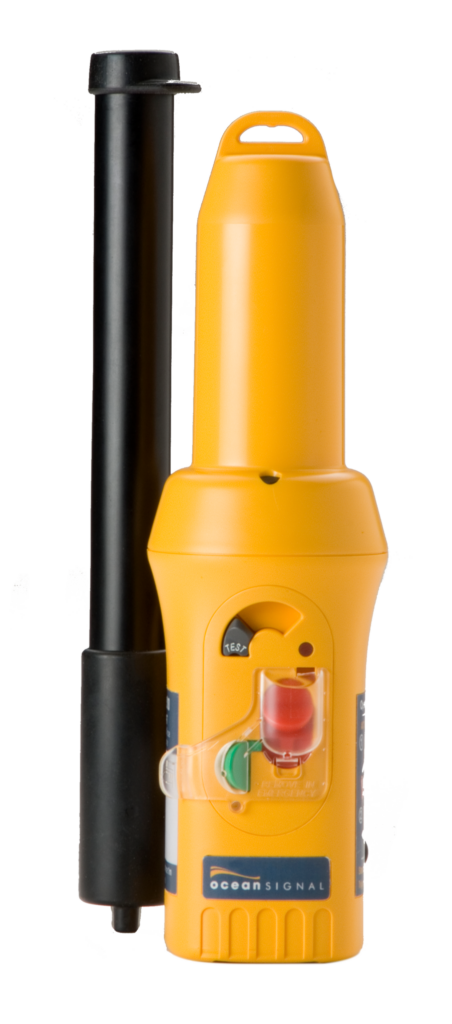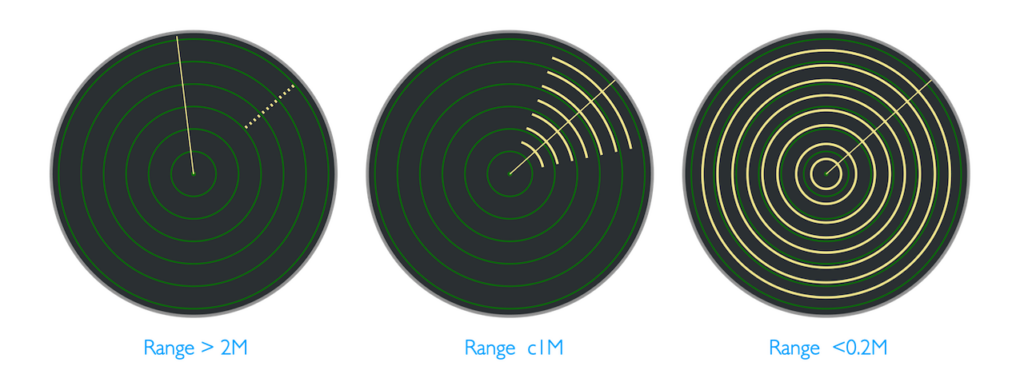Search and Rescue Transponder (SART)
An emergency device that responds to radar signals by transmitting a series of pulses to help rescuers locate a vessel or liferaft in distress.

A Search and Rescue Transponder (SART) is an essential piece of safety equipment used in maritime emergencies to assist in locating vessels, liferafts, or individuals in distress. When activated, a SART responds to radar signals from nearby ships or aircraft by transmitting a series of pulses that appear as a distinctive pattern on the radar screen, making it easier for rescuers to pinpoint the exact location of the distress signal. SARTs operate on the 9 GHz frequency and are designed to be highly visible on radar displays, even in poor weather conditions.
SARTs are typically carried on liferafts and survival craft as part of the mandatory safety equipment required by international maritime regulations, such as the SOLAS (Safety of Life at Sea) convention. They are manually activated in an emergency and can be detected within a range of approximately 5 to 10 nautical miles, depending on the height of the radar antenna and sea conditions. Some modern SARTs are designed to be automatically activated when they come into contact with water.
By providing a clear and recognisable signal on radar screens, SARTs significantly improve the chances of a swift rescue, reducing the time survivors spend in the water or on a liferaft.

How it works
Radars will show a SART in distinctly different ways depending on how close they are to the signal.


